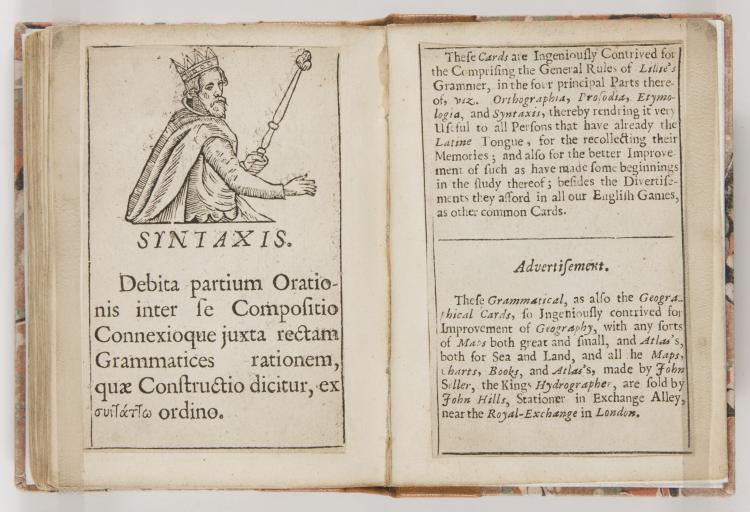Thanks to Mary Greer I got access of ...
http://www.jstor.org/pss/2540255
Laura A. Smoller
Playing Cards and Popular Culture in 16th century Nurremberg (1986)
It contains an interesting passage to comments in Martin Luther's "Table talking" ("Tischreden")
... An interesting statement of Luther, too, points to the widespread use of playing cards in the sixteenth century.
Luther: "Games with cards and dice are common, for our age has invented many games. Surely there has been a reaction. In my youth all games were prohibited; makers of cards and musicians at dances weren't admitted to the sacraments, and people were required to make confession of their gaming, dancing, and jousting. Today these things are the vogue, and they are defended as exercises for the mind." (Footnote 20)
("Footnote 20:
Martin Luther, Works (American Edition), Table Talk, ed. and trans. Theodore G. Tappert (Philadelphia: Fortress Press, 1967), 221-22, no. 3526a. artiludia. Ludus chartiludii et tesserae est frequentissimus. Nam varios ludos invenit hos saeculum. Sie hat warlich woll geloset! Me adolescente prohibebantur omnes ludi, als das charten macher, pfeiffer nicht liess zum sacrament gehen, et cogebantur de lusu et saltatione et hastiludii spectaculo confessionem facere. Yetzund gehet es in hohem schwangk. Defendunt talia pro exercitiis ingenii." D. Martin Luthers Werke, Kritische Gesamtausgabe, Tischreden, 6 vols. [Weimar: Bohlau, 1912-21], 3: 377, no. 3526a.)
As the footnote informs, Luther's original text had been a mix of Latin and "Luther's German" ... naturally not easy to translate. ...

... so it's for instance not easy to decide, what Luther wanted to say with his exclamation: "Sie hat warlich wohl geloset!" This sounds, as if Luther gives a mockery about female fascination about lot books." Or Luther might enjoy, that he himself lives in a time, when playing is more allowed and interesting games are developed. It really isn't clear, who he addresses with "sie" (= she).
Anyway, Luther clearly states, that in his (subjective ) life card playing had been less prohibited than in his youth. Luther's youth (he lived 10 November 1483 – 18 February 1546) might have calculated 1490's - 1500) and Luther lived in the region Mansfeld / Eisleben, a region, which likely can't be called "very populated" (so Luther's comment might not fit with descriptions about playing card distribution in Southern Germany at the same time) From 1497 he was in Magdeburg (in Northern direction) and 1498 Eisenach (everywhere too much discipline ?), and he perceived the education as "purgatory and hell".
When Luther went to university in Erfurt in the age of 18 in 1501 (100 km distance from Eisleben in direction to the card playing city of Nurremberg, he perceives it as a "beerhouse and whorehouse" (...

... so somehow better as Magdeburg). Anyway, Luther turned religious then and changed the direction of his studies.
Likely one has to assume, that Capistranus presence in 1452 had changed much in the public perception of playing cards, and even Nurremberg had some pause of playing card production, till it recovered since ca. 1460. The numbers of playing card producers in German cities ...
http://trionfi.com/0/p/20/
... give reason to assume, that cities in Luther's original region developed later ... and also paper mills developed later there:
http://trionfi.com/0/p/21/
Luther was called a "good chess player" ... in the case, that this is correct, this doesn't develop in one night usually, and mostly some talent needs to be developed in youth.






